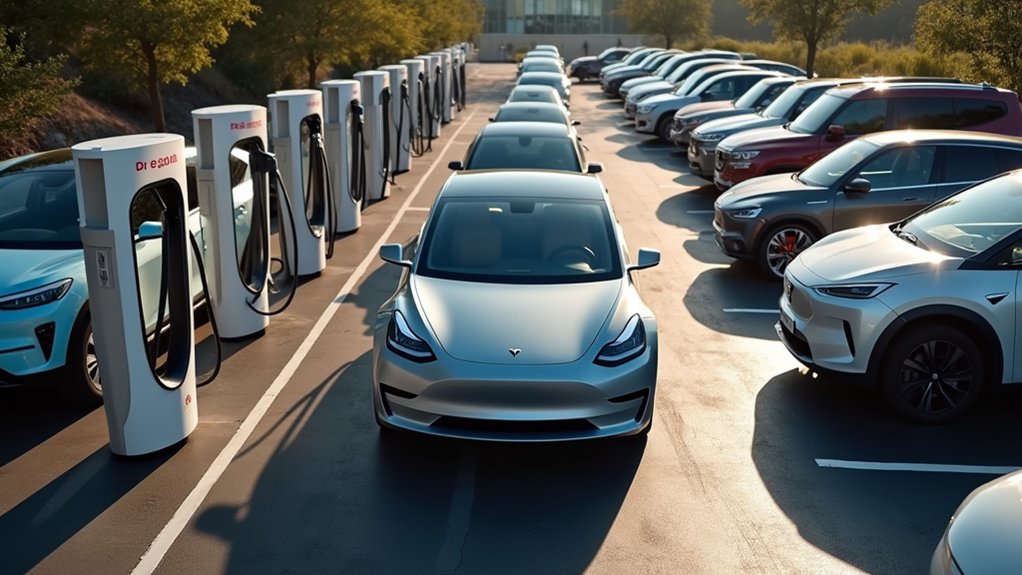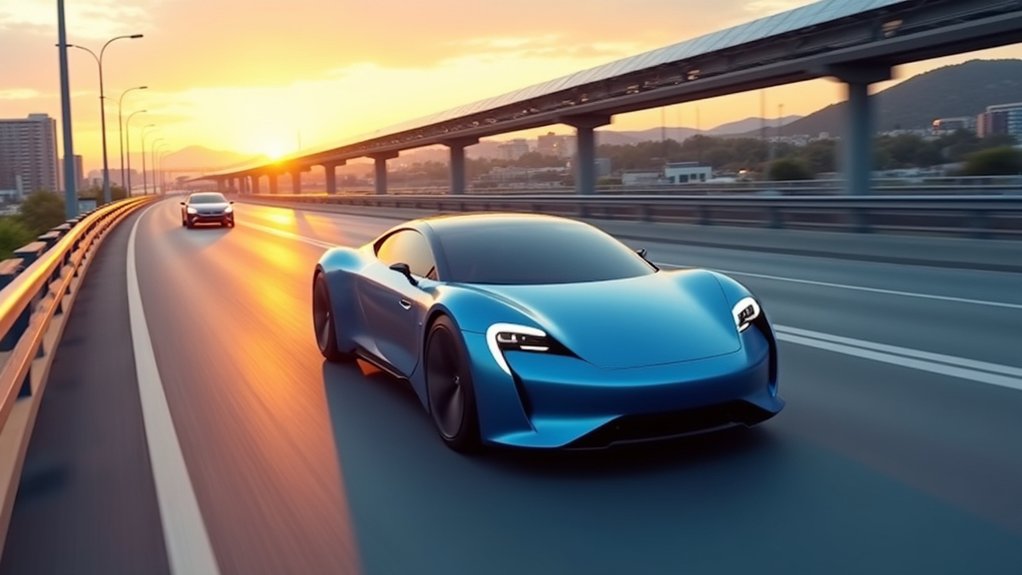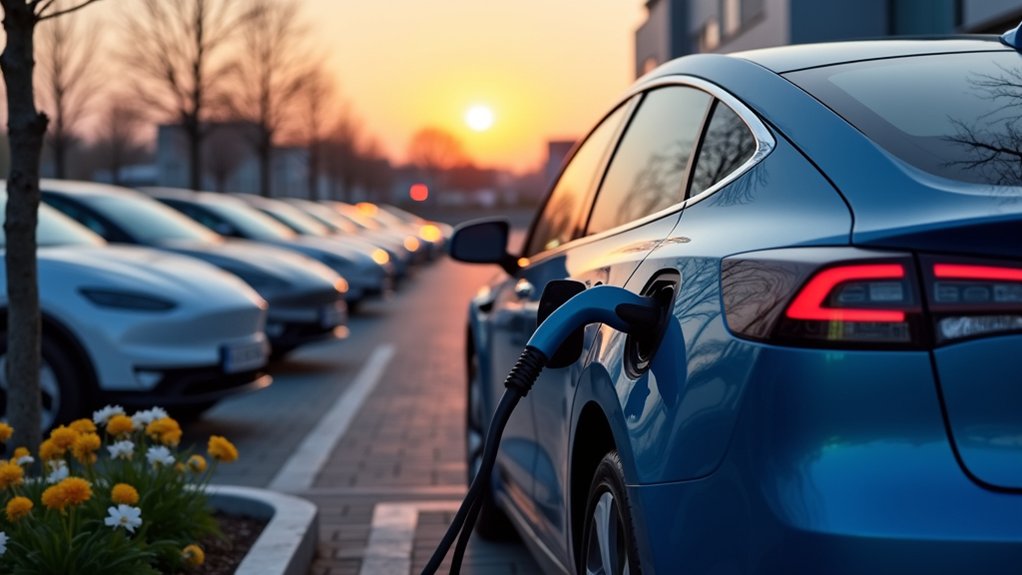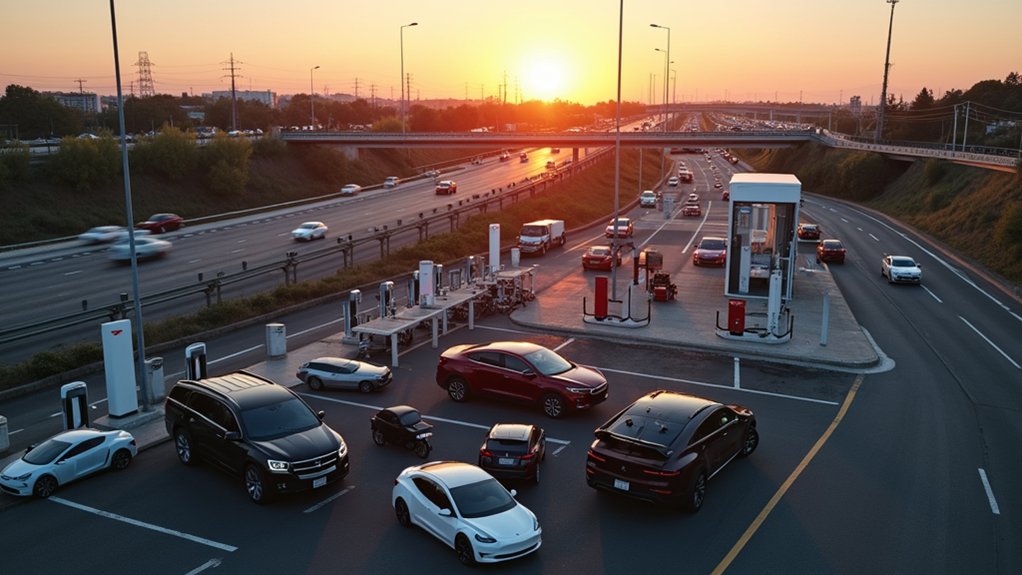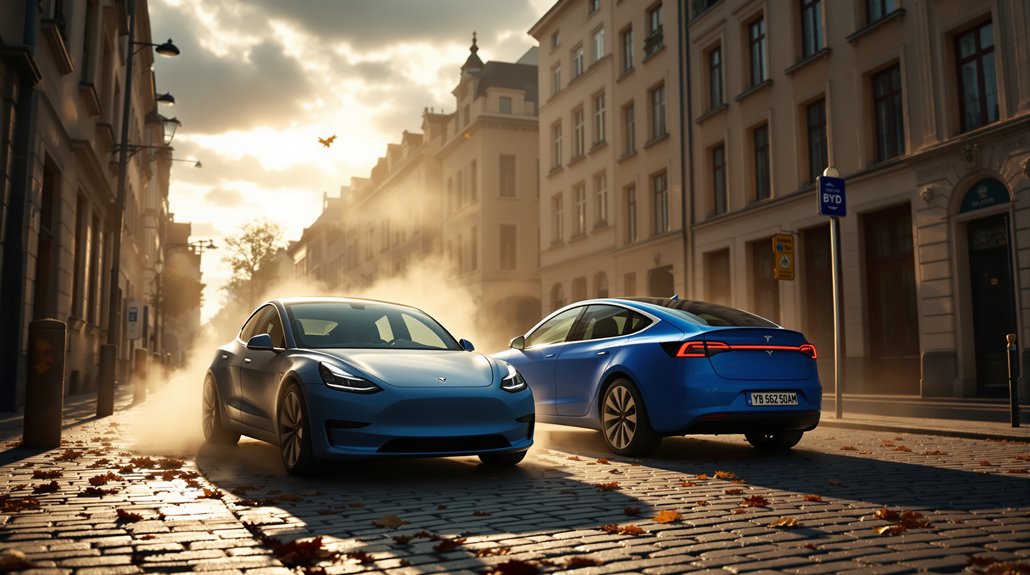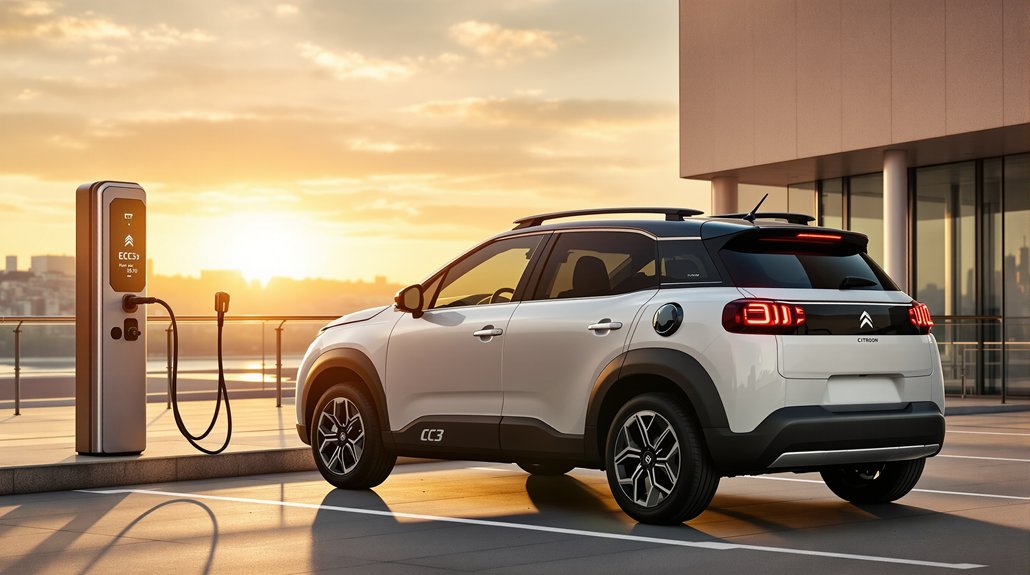While Tesla has long dominated the electric vehicle landscape, recent data paints a concerning picture for the EV pioneer. Tesla’s Q1 2025 sales plummeted 13% year-over-year to just 336,681 vehicles, marking its lowest delivery volume since 2022. The decline is even more pronounced when compared to the previous quarter, with a staggering 32% drop from Q4 2024’s 495,570 units.
The numbers tell a story of eroding market position despite Tesla maintaining its leadership status. With a 44% share of the U.S. EV market in Q1 2025, Tesla remains the dominant player, but this represents a notable contraction as global EV sales surged by 30% during the same period. January 2025 alone saw U.S. deliveries fall 11% year-over-year to 43,411 vehicles.
Tesla’s challenges stem from multiple fronts. BYD’s aggressive expansion in China coupled with European automakers’ advances has intensified competitive pressure in key markets. The global EV landscape is transforming rapidly, with sales jumping 35% in China and 20% in both the U.S. and European markets. Despite these challenges, the overall mass-market EV segment continues to flourish with a 58% increase to 376,000 units in 2024. Legacy automakers have finally brought compelling alternatives to market. The company’s aging lineup has contributed significantly to reduced consumer interest as competitors offer more innovative options.
Tesla faces a perfect storm as BYD surges in China and established automakers deliver increasingly viable alternatives globally.
Brand perception issues can’t be overlooked. Elon Musk’s controversial public statements have alienated portions of Tesla’s traditionally progressive customer base. This association with polarizing stances comes at a particularly inopportune moment, as consumers now have more EV options than ever before. Company executives have acknowledged that Musk’s political contributions to Trump’s campaign may have contributed to recent sales declines.
The financial picture adds another dimension to Tesla’s challenges. Despite delivering 830,766 vehicles globally in H1 2024, the company’s cash reserves decreased by $2.2 billion in Q1 2024. Their ability to finance innovation while addressing pricing pressures has come into question.
For Tesla, the path forward requires addressing both production efficiency and brand positioning. With rivals introducing lower-cost models with competitive features, Tesla must reconnect with consumers who now have alternatives to the brand that once epitomized the electric revolution.
The coming quarters will prove decisive in determining whether Tesla can reverse this downward trend.
